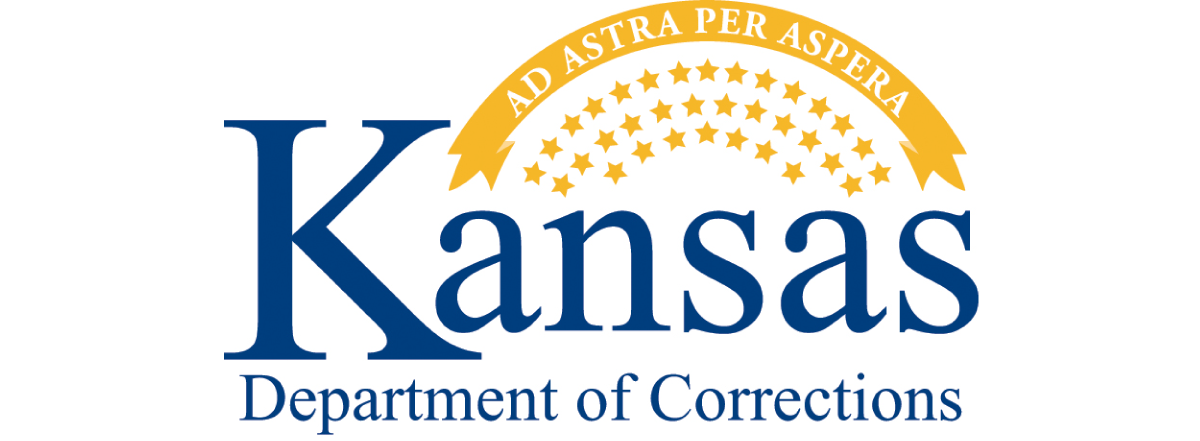On any given day, an estimated 60,000 youth are confined in juvenile detention and correctional facilities; hundreds of thousands more are on probation. In addition, an estimated 200,000 youth under age 18 are sent into the adult criminal justice system each year, often for misdemeanor offenses. Incarceration can yield disastrous results for their long-term rehabilitation and future.
Youth justice is one of the biggest civil rights issues of our time.


